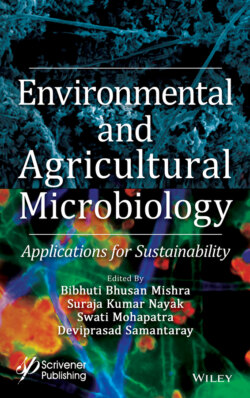Читать книгу Environmental and Agricultural Microbiology - Группа авторов - Страница 78
4.3 Polylactic Acid
ОглавлениеDefinition
PLA is the most commonly used bio-plastic, and it is a kind of thermoplastic aliphatic polyester. Lactic acid, the precursor of PLA, can be obtained very easily from various raw materials (like corn and starch), which is then polymerized to PLA. Several kinds of PLA are available to include PDLA (Poly-D-lactic Acid), regular PLLA (Poly-L-lactic Acid), PDLA (Poly-D-lactic acid), and Racemic PDLLA (Poly-DL-lactic Acid). They have slightly different characteristics properties but are produced from the same renewable resource (lactic acid).
Naturally occurring polymers, bio-derived plastics, and synthetic bio-based plastics from renewable resources are the existing bases for establishing a sustainable society. Replacing bio-sourced materials over the existing fossil-fuel-based plastics are the prime focus of recent research. Cheap raw materials such as maize, potato, starchy materials, and lignocellulose biomass are feasible for economic lactic acid production. Poly-lactide or polylactic acid (PLA) is the front-runner in the emerging bioplastics market with the best availability and the most attractive cost structure. Theophile-Jules Pelouze first synthesized PLA in 1845 by the lactic acid polycondensation method [16–18]. Later on, Wallace Hume Carothers introduced another method in 1932, which was patented by DuPont in 1954. PLA polymers change from amorphous glassy state to highly crystalline with high glass transition temperature and mechanical property. PLA can be processed into several materials like fused filament fabrication in 3D printers, medical implants (like anchors, screw), and packaging materials. Biodegradability of PLA is a natural phenomenon which is even faster as compared with other bioplastics. Mechanical property and biodegradability can be improved by several methods like-annealing, blending, the composite formation, side-chain modification, etc.
